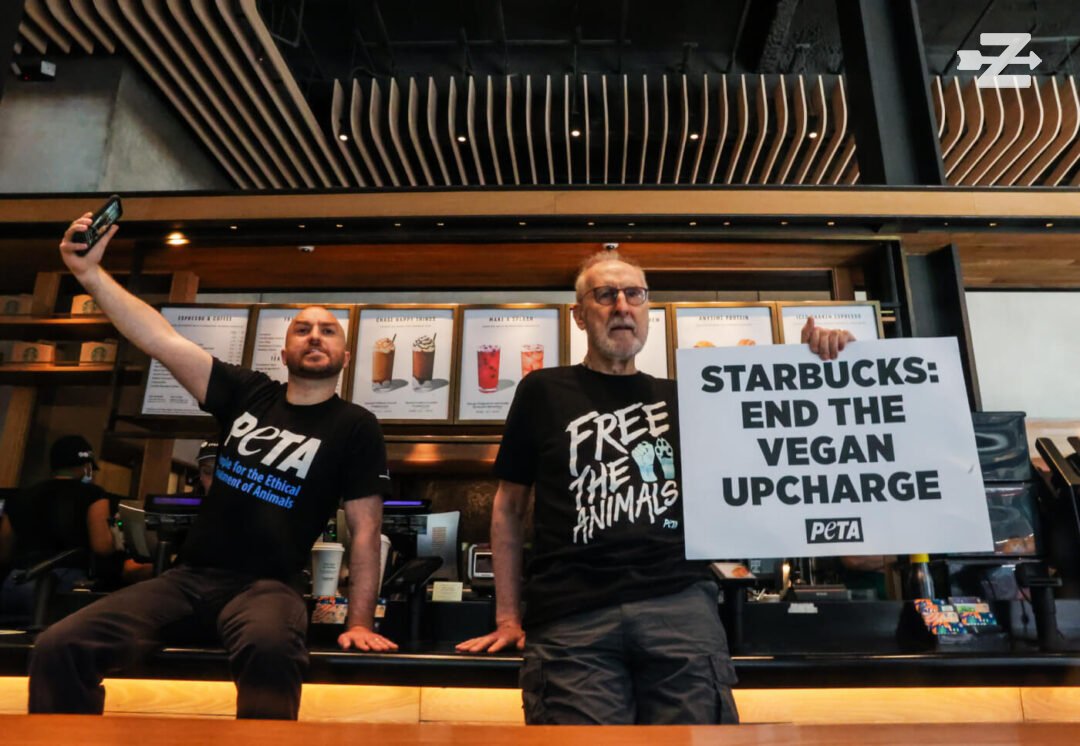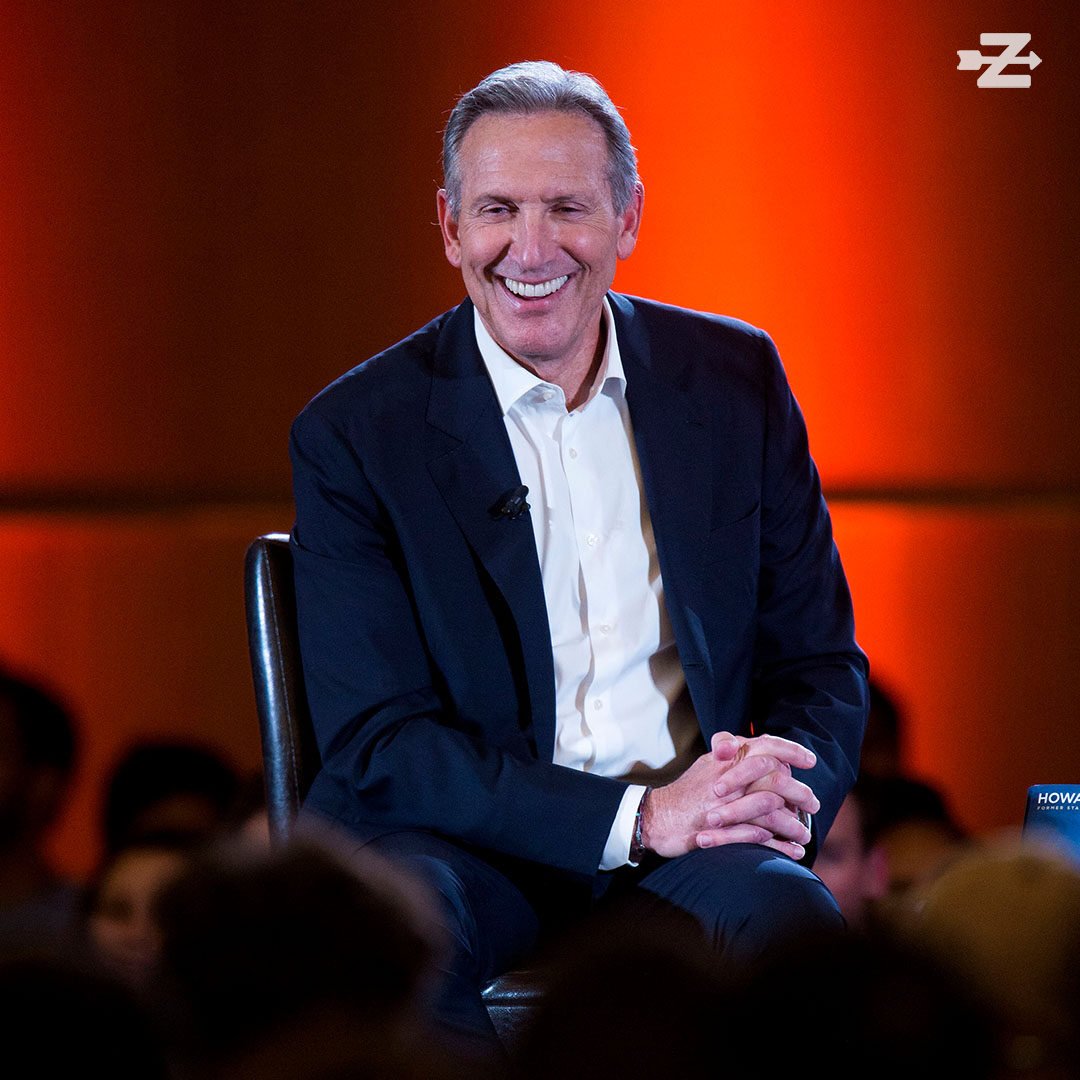When Howard Schultz first founded Starbucks, he was hot off the “anything’s possible” attitudes of the ’90s. Wages were up, as were profits, and entrepreneurship was booming.
Schultz wanted a company where employees felt invested in their customers’ lives, valued and important – and he tried to weave it through the fabric of Starbucks.
So when workers, desperate from upheaval during the pandemic and struggling to survive amid rising inflation, tried to unionize at various stores across the country, Schultz took it as a personal affront. To him, it was a greed and money grab – just lazy workers looking to exploit a generous company and turn it into just another coffee shop chain.

Deeply caring about the success of his company and its workers, Schultz traveled to stores across the country to try to fix the problem from the ground up. What he found was dedicated workers struggling to survive, communities in pain, and a new society of more demanding customers with shorter tempers and more significant expectations.
Schultz decided to pass the company on to a new CEO by the name of Laxman Narasimhan and called in workers to hear their stories, inviting people to the table to problem solve – everyone, of course, except those trying to organize the unions.

In the end, Schultz promised wage raises and better benefits and tried to problem-solve a number of issues workers said were plaguing them. But he continued to make the unionization of workers a personal issue, and Starbucks’ future remains in flux as long as those at the top and those at the bottom continue to disagree about the best path forward.
It’s a microcosm of the same thing happening in other corporations across the US as workers put up with less exploitation and demand better pay – and CEOs continue to grapple with the new worker-centric landscape.



